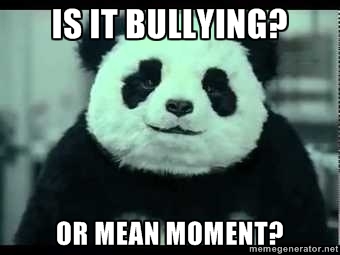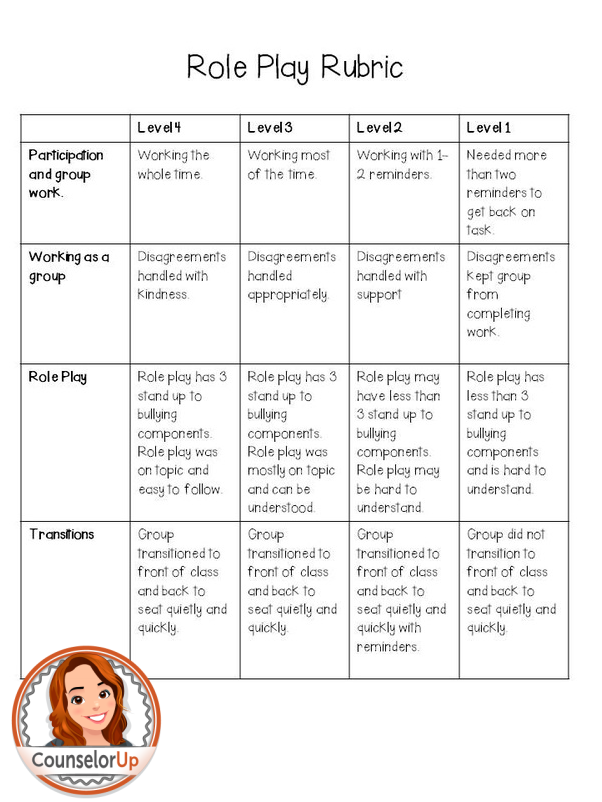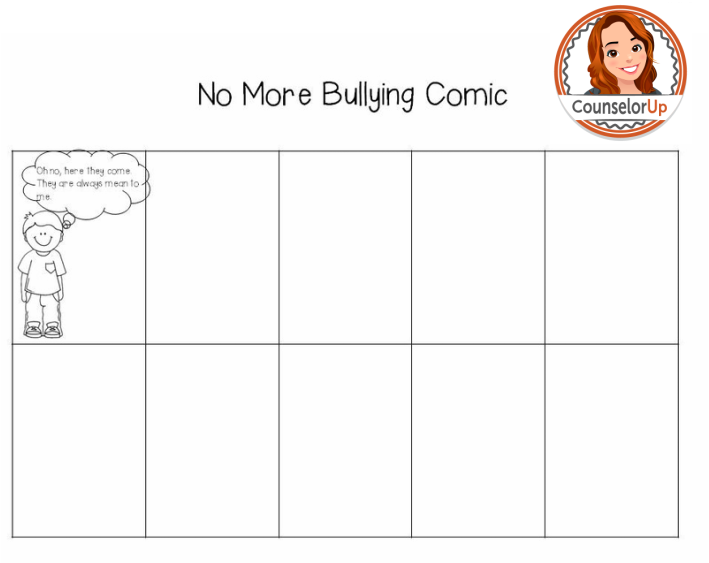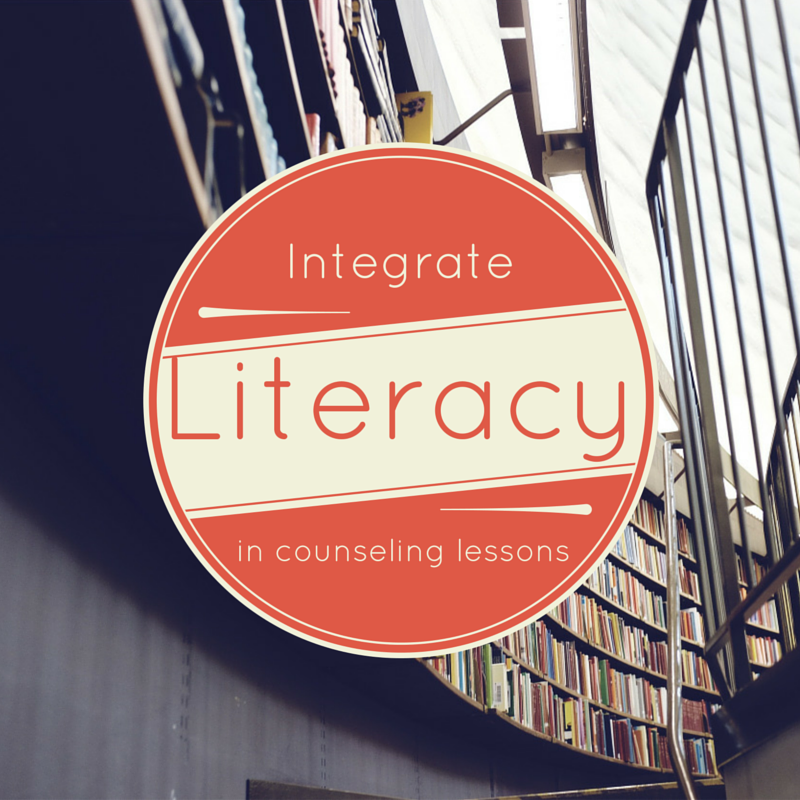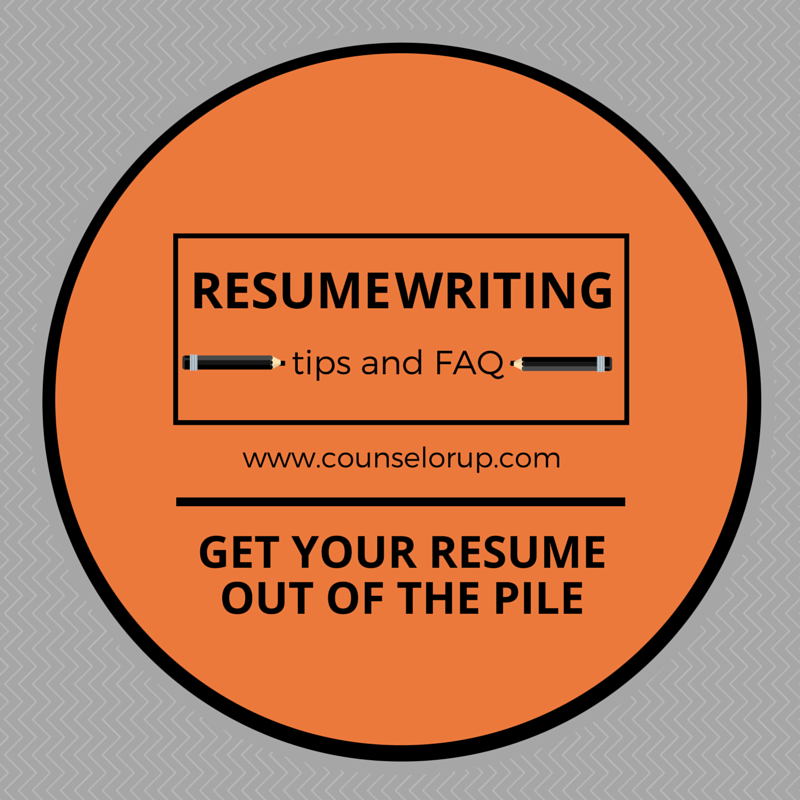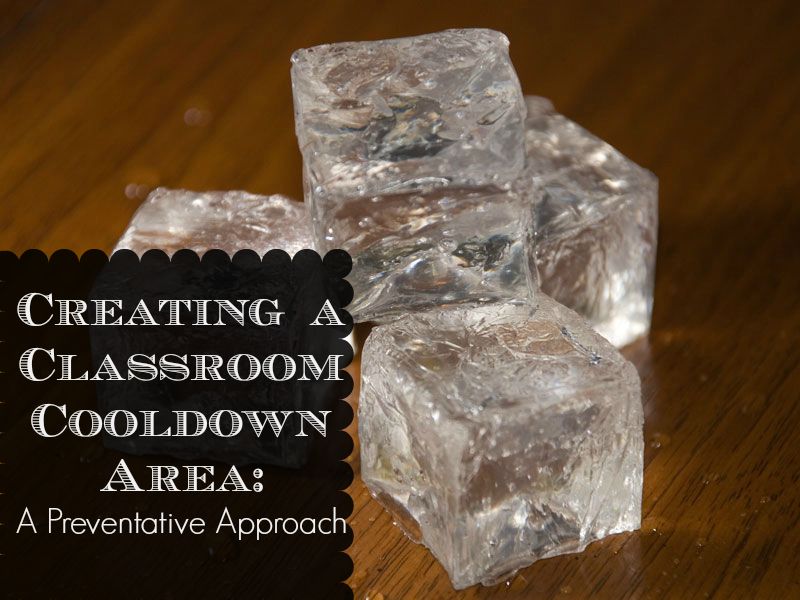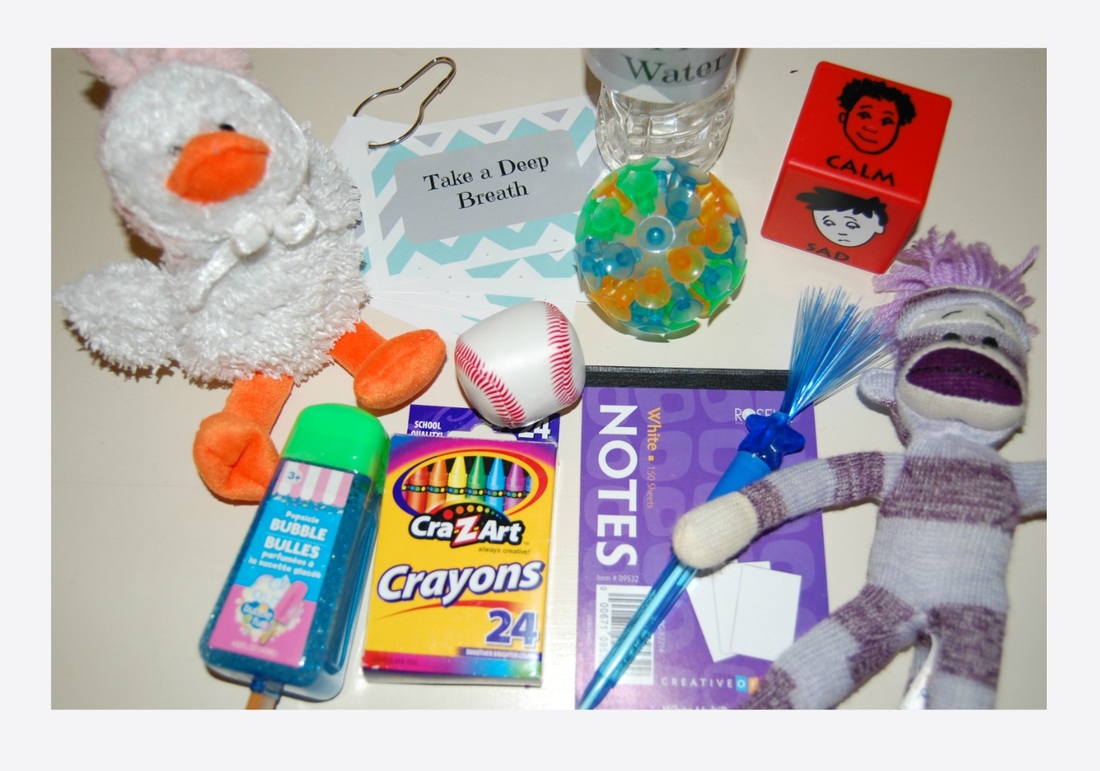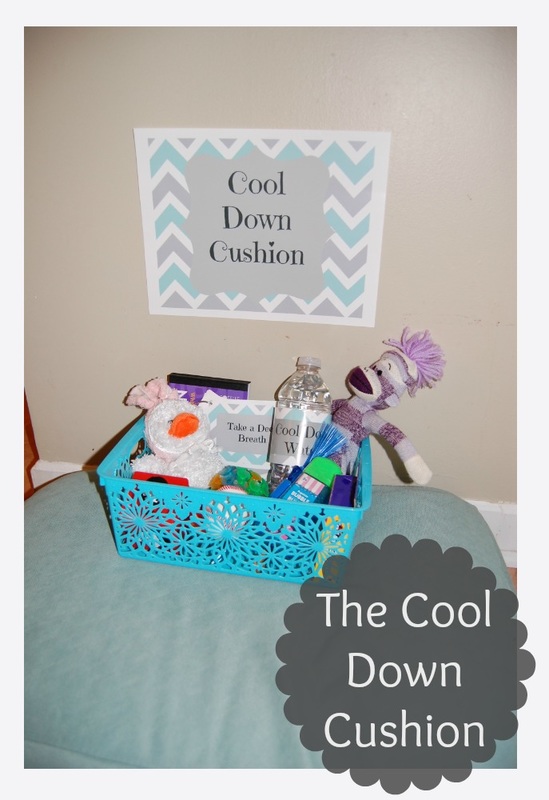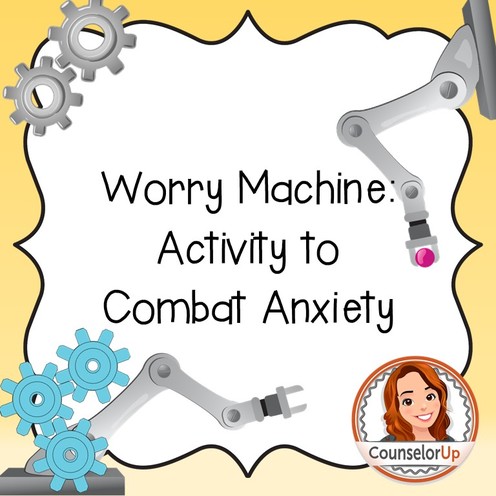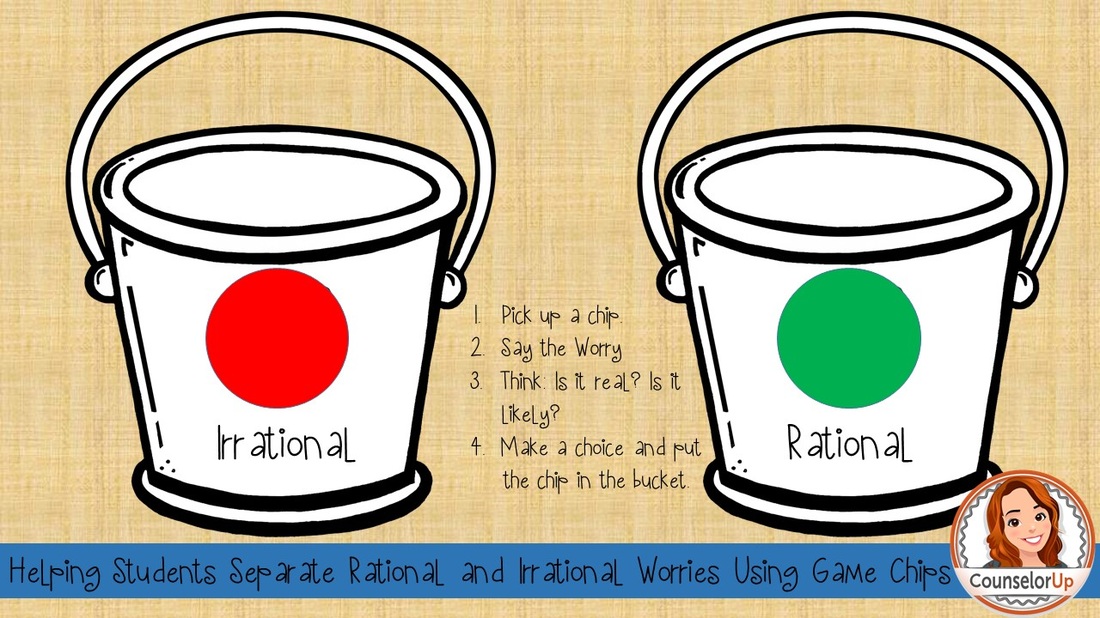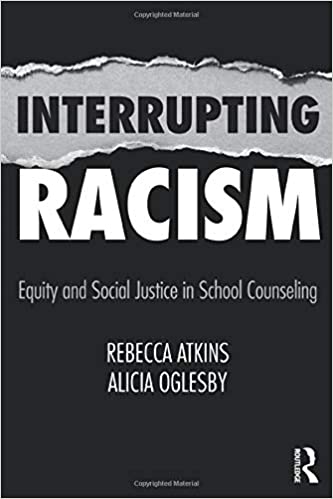- Say No
- Walk Away
- Tell An Adult
|
In case you missed it, October is Bullying Prevention Month. I always hate it when I find out in the middle of the month that I missed something, so I thought I would share a few days early. I typically teach kindness and conflict resolution in K-2 and then really delve into bullying in grades 3-5. I've used a bunch of different curriculums but have made it my own over the years. I teach five lessons over all, you can see how I spread out the lessons over the three grades in my 3-5 Curriculum Plan. In our define lesson, we really talk about what bullying is. I start with this awesome Bad Panda commercial. The kids think it's hilarious and it sparks a great discussion about whether or not Bad Panda is bullying the kid. We then define bullying. There are lots of great definitions out there and I recommend you choose the best one for your school. We then loop back around to Bad Panda again. Is this one commercial bullying? What if I told you that Bad Panda pulls these kind of shenanigans over and over again? Does that change your definition? We finish this lesson by sorting vignette cards into three categories: bullying, not bullying, and mean moment. This is one of my favorite activities in this unit because the kids get into impassioned debates about their choices. In Lesson 2, I introduce the concepts of aggression and assertion. We use visuals to teach the difference between the two. If you google each word, you can find some great images that show body language for both. We then learn the 3 steps to act against bullying. We wrap this lesson by creating role plays using the three steps to act against bullying. I like to use a rubric to give feedback on the role plays. Most of the time, I display the rubric on the board and then give feedback verbally to save time. In the schools where I have worked, we used rubrics extensively so my students were used to the process and needed very little support in utilizing the rubric. If your school does not often use rubrics, you may find that this is too time consuming to fit into your lesson. In lesson 3, we discuss the role of the bystander and how to care for someone who is being bullied. I start with an attention grabber. I might throw a pencil, knock over a chair, or talk loudly about something not school related. I then ask the kids- who saw what happened and who heard about it? Guess what? Both are bystander. To drive home the concept of bystanders, we watch this video about how a single action (with no words!) can change the outcome of a bullying incident. Hint: you will usually have to watch 2-3 times with discussion so that everybody understands exactly what's going. To wrap, the students write a "dear abby" type letter about bystanders. Lesson 4 is review - the students create a comic that summarizes the major concepts of our lessons: define bullying, act against bullying, and care about those being bullied. I always marvel at the amazing comics the kids create. I wish I had one to share here with you! I think you have everything you need here to recreate this bullying prevention unit on your own. If you're interested in purchasing the 4 lessons with all my handouts and visuals, you can check out the whole unit over on Teachers Pay Teachers. I'll follow up soon with more information about cyber-bullying lessons and safety tips. What are you planning to do for October's bullying prevention month? I have hosted 5 interns in my time as a school counselor. Mentoring someone new to the field is a way to reflect on your own practice and become even better at what you love to do. That said, hosting an intern can be stressful. There's always someone (else) there needing your attention. If you have to share a small space, you may be tripping over each other all day. There's a chance that your intern will be, well, difficult or struggle greatly with fulfilling your expectations. This can be hard to handle on top of our already busy jobs. To help, I've created 5 tips for hosting an intern. 1. Meet before the first day.I like to invite my interns to come by the school to see the space. We have a candid conversation about what they are hoping, what I am expecting, and the requirements of their program. I have hosted interns from three different schools so their requirements can vary. This can also help with their nerves on the first day because they have met you and seen the school. 2. Start with a job.Whether your intern starts on your first teacher workday or after the year has already started, you are going to have tasks that are uninteresting or not applicable to them. I like to assign my interns a big job to keep them busy in that downtime (and to give me a break to get some things done quickly). My interns have made my amazing "Be" wall on my old school website and the Facebook wall to introduce the counselors. I love this because I would probably never take the time to make these displays and it gives my intern something to feel proud about. 3. Be honest from the start.We don't learn when we don't know. It's important to be honest with your intern. I start by letting them know my plan for the year (or semester) and a few tips about me. My pet peeve is when interns sit and do nothing. If you have some free time- go walk around the school, observe a classroom, or look at my materials to get ideas. Never sit staring at the wall! I avoid many annoyances by laying this out at the beginning. 4. Ask for feedback.Not them- you! I always ask my interns the following questions: Are you getting what you need? Do you feel like I am involved enough? Involved too much? How are you feeling about your internship? I don't wait for evaluation time, I ask these questions each and every day. I am passionate about helping the future of my profession and I can do that with each intern I work with. 5. Have a plan and follow it.I create a plan for my interns after I get to know them. They begin by following me around and observing for the first few weeks. As they gain independence, I start assigning them tasks with students then teachers then parents to implement while I am there to support. When ready, we move to the intern taking on classes, a caseload, and parent contacts independently. Finally, in the last quarter of their internship, I assign them a few days where they are completely the acting school counselor. I am in the building if there is an emergency, but they are the person who is called upon throughout the day. This aligns with the student teaching experience where the student teacher has a week or two completely by themselves in the classroom. I often become the teachers' best friend during this time because I offer to make them copies, watch their classes, and make phone calls to keep busy!
What are your favorite internship tips? Please share in the comments. Similar posts you might enjoy: I am so excited to have a guest post from Laura at Discovering Hidden Potential. Laura has worked as a School Psychologist for the past 10 years and is currently a Special Education Coordinator in South Carolina. She is married with two sweet daughters and loves sailing, running, and spending time with her family. Check out her blog, www.discoveringhiddenpotential.com and her TPT store for more behavior resources and classroom management techniques, as well as early learning resources she has created for her own children. Many classrooms have reflection centers and they are primary used as a place that children can go and reflect on the behavior that has already happened. Reflection centers are very helpful and I have seen how they dramatically drop the number of office referrals in middle schools when used in the school’s behavioral continuum. However, how about having a place in the room that is preventative in nature? As teachers and counselors, it is important to teach students productive and healthy ways to deal with emotions such as anger, sadness or frustration. By teaching students different tools they can use to deal with these emotions in a healthy way, we are helping the individual student and eliminating a potential disruption to the learning environment. The first step in doing this is being proactive and ready for a child who needs some additional help calming down within the classroom. When doing this, you need to create an area within the classroom to “house” these tools and strategies and give it a name such as “Cool Down Spot”, “Cool Down Corner”, “Cool Down Cushion”. The purpose of this area is preventative, as a place where a student can voluntarily go when they identify signs of frustration before hitting the point of no return. Tools for your Cool Down Area 1. A cushion, rug, or pillow-This defines the space in the classroom and gives the student something comfortable to sit on. 2. Crayons and paper-Many children are calmed by being able to draw and reflect through art. If you have children who cannot write yet, you can have them draw how they feel. 3.Feelings cube-I actually came across this as I was cleaning out my office and thought it would be a great addition to a cool down area. Emotions are displayed on all sides and students can use it to identify how they are feeling. I wish I knew where I originally got it, but you could create one yourself. 4. Sand timer-This allows a time to be set for being on the cushion. Depending on the situation, time can be extended since some students may require a longer amount of time to calm down. 5. Stress ball or squishy ball-This allows students to “squeeze” out their anger. Playdough might be another option. 6. Cue cards-These cards would have different strategies to use in order to calm down. Some strategies could be count to ten or take a deep breath. It is important that we teach students different strategies to use in order to cool down. Check out these FREE self control cue cards as they would also be a good inclusion to your kit. 7. Small stuffed animal or plush toy-For younger grades, this gives students a sense of comfort and something to hold. 8. CD player-Allow students to listen to classical music or other soothing music. 9. Bubbles-This allows students to blow out anger or negative feelings. 10. Bottle of Water-Drinking water is a strategy that reduces tension and can calm a student down. 11. A basket, crate, or bucket to store all the items. Some of the above items might not work in every teachers classroom - bubbles might provide more of a distraction! Every teacher has their classroom set up differently, so pick and choose what works best in your classroom or office. In order for this strategy to work, students must be taught when and how to use the cool down cushion. It is also important for students to know it is not a punishment or discipline practice, rather a place to regain their emotions and calm down. As a counselor, you can teach mini-lessons in classrooms that are interested in implementing this strategy. You can get a free copy of a “Cool Down Cushion” sign here which can be placed on the wall where your Cool Down Spot will be kept. A free copy of Self Control Cue Cards to include in your kit is available here. You can get the complete set of cue cards with 12 cool down strategies, water bottle label, directions, and a mini-lesson here. Thanks so much Laura! This is an amazing idea and your printables are great. I might be adding these signs to my daughter's cool down basket at home!
As I shared last week, I am very familiar with struggles to combat anxiety and t's sometimes hard to help kids with issues that we also face. I've always had a good grasp on helping kids who have rational and irrational anxieties. By asking students to differentiate between rational and irrational worries, they get practice their critical thinking skills about worrying. I have seen some great "aha" moments during this discussion. But what about rational worries? This one has always been harder for me. When a student tells me that they are worried that their parents are going to get divorced and I know that is a real possibility- I feel stuck. That's why I love the book Wilma Jean: The Worry Machine by Julia Cook.
In this book, Wilma talks to her teacher about her worries and her teacher helps her to divide her worries between worries that she can control and worries she can't control. Here's where it goes to the next level - she adds a category of "Worries I Can Control With Help." So, yeah, that students parents might get divorced, but by helping her identify her support network, you can help her manage that worry. If the student is not going there, they can place their worries in the worry hat and the hat will keep the worry until they want it back. How great is that? Someone once told me they had spent a fortune on therapy and all they needed to do was read the children's books in my office! I have created printables for this activity that you can use along with the book. You can check that out over in my Teachers Pay Teachers store. Even if you don't have the book, you can use the activities as a stand alone. If you decide to purchase the book, you won't regret it! |
Rebecca AtkinsWelcome to my blog where I talk about all things school counselor and encourage others to Counselor Up! This website uses marketing and tracking technologies. Opting out of this will opt you out of all cookies, except for those needed to run the website. Note that some products may not work as well without tracking cookies. Opt Out of CookiesInterrupting Racism: Equity and Social Justice in School CounselingLinks may be affiliate links. If you link and purchase, I may receive compensation at no additional cost to you. Thanks for your support of Counselor Up.
Categories
All
Archives
July 2021
|


